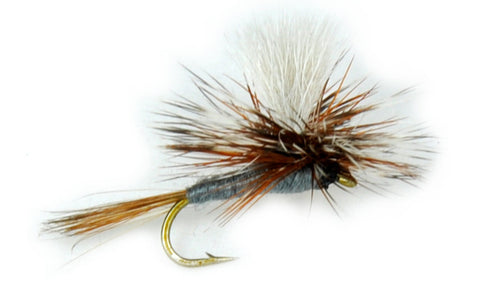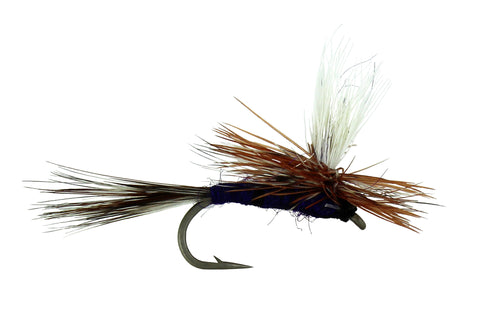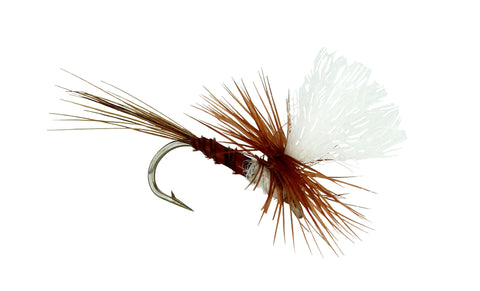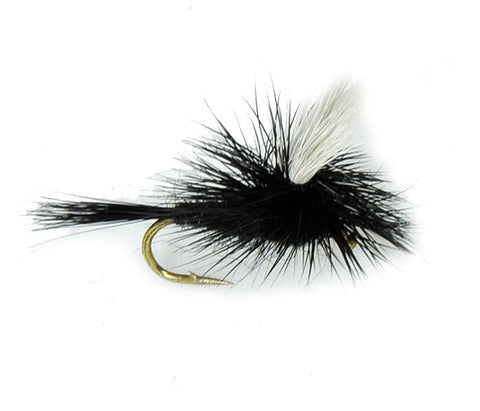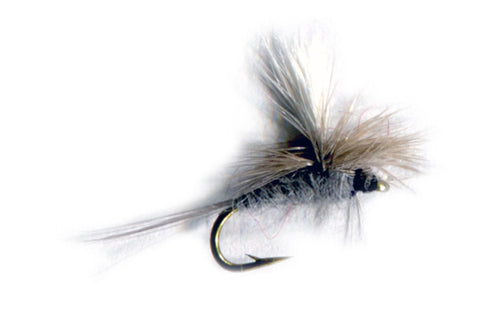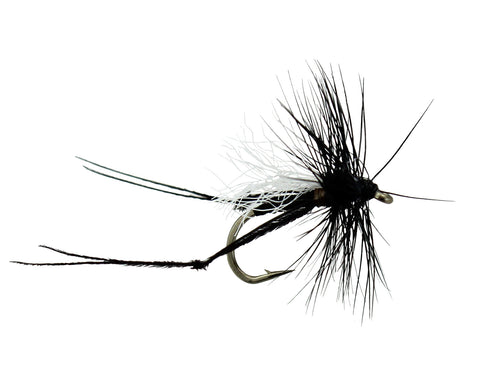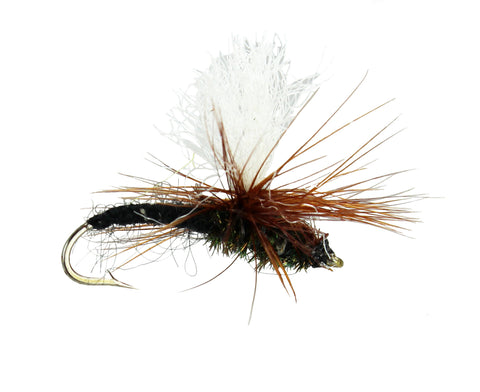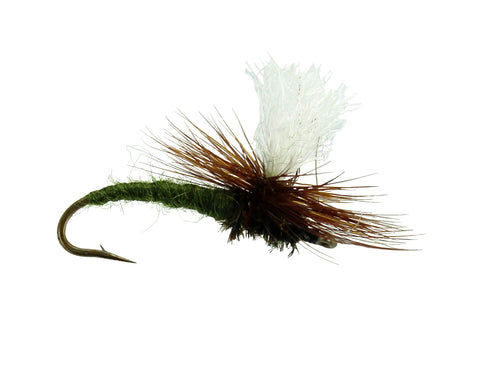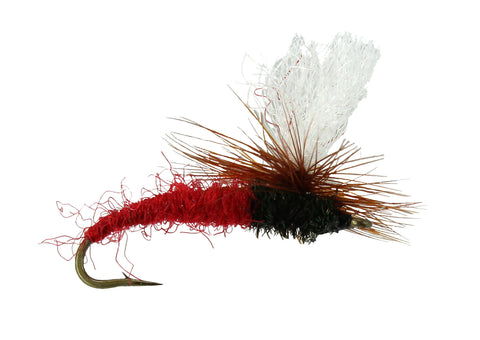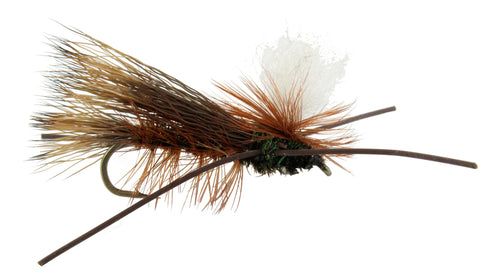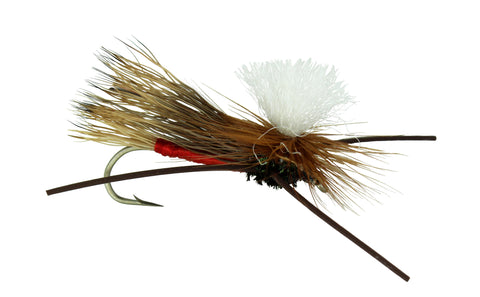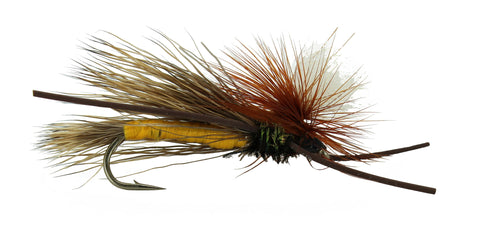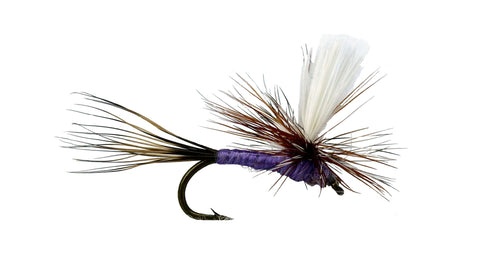Light Cahill - Parachute
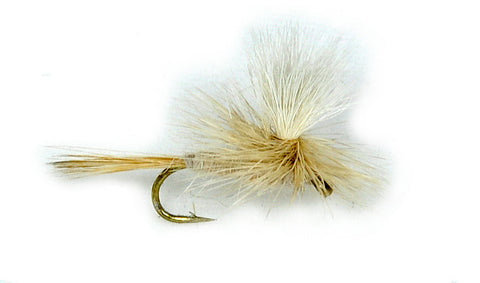
This Light Cahill Pattern should be accompanied by the Light Cahill Dry Fly pattern, the Dark Hendrickson and the Adams fly, as essential early to mid-season patterns. This Light Cahill pattern is another excellent and essential early mid-season pattern. This pattern imitates most a large array of mayflies depending on the size of hook used. It most commonly imitates the Heptageniidae family of mayfly. The credit for this pattern is given to Daniel Cahill, who developed this pattern in the 1880’s. The Light Cahill pattern’s ability to get action over large geographical regions and river habitats makes it an essential component to any angler’s collection. Fish this fly in the early part of the season, but try it when you are getting no action at any time during the season, you will be pleasantly surprised. Fish this pattern around mid-day and as late as mid-afternoon.
As the parachute pattern sits with its body in the water it looks wholly different to the fish. There are a number of instances where the insects we aim to imitate are best represented by a parachute pattern. The only time a natural insect will have its body lying flat on the water surface is during emergence. During emergence some insects are trapped by that the surface tension of the water. In addition, later in the day when there is a spinner fall, they are trapped by the surface tension. The hackle of a parachute pattern is different, it is spread laterally. This in turn changes the view from underneath the fly. It looks like an emerging insect that is spreading its legs to get that extra support and push from the shuck before it starts drying its wings. Lastly, when the female insect returns to lay her eggs wings often are caught in the surface tension and take on water. Again due her weight increasing, she will extend her legs to gain additional support. Many females are unsuccessful in flying away and this is another excellent time to use the parachute pattern as they float down with their legs extended sideways and wings trapped in the surface tension. The human benefit, we can see the post so much more clearly.
When fishing any dry fly pattern, matching the color and the size to the hatch are critical, with presentation being the finishing touch to this trinity. Often overlooked is the casting of shadow from your leader, which may lead to spooked fish. We suggest selecting a high float leader. Additional waterproofing can be given to your fly delaying it becoming waterlogged, by applying a flotant product such as Gink ®.
All flies are tied with American sourced materials including Hareline Dubbin Materials and Whiting Farm's Hackles & Capes and are tied on premium hooks.

